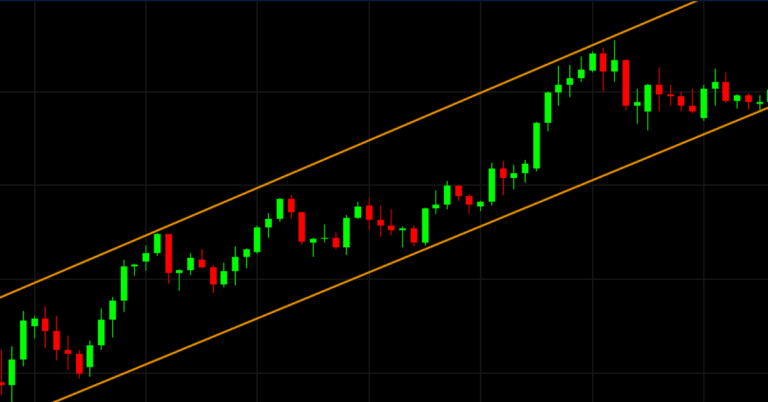Trailing dividend and forward dividend are terms used to describe different aspects of a company’s dividend payments to its shareholders. They refer to two different time frames and help investors understand the historical and potential future dividend payments.
- Trailing Dividend (Trailing Twelve Months – TTM): Trailing dividend refers to the sum of dividends paid by a company over the past twelve months. It provides a historical perspective on the company’s dividend distribution. This metric is often used to assess a company’s dividend-paying track record and its commitment to returning value to shareholders. For example, if a company paid dividends of $0.25 per quarter over the last four quarters, the trailing dividend for that company would be: Trailing Dividend = ($0.25 + $0.25 + $0.25 + $0.25) = $1.00 per share
- Forward Dividend: Forward dividend refers to the estimated or projected dividend amount that a company is expected to pay in the upcoming year. It is typically based on the company’s current dividend policy, financial projections, and market expectations. For instance, if a company announces that it intends to pay a dividend of $1.20 per share in the next year, then the forward dividend would be $1.20.
It’s important to note that the forward dividend is an estimate and may change based on factors such as changes in the company’s financial performance, dividend policy, or economic conditions.
Forward Dividend Yield
The forward dividend percentage is a measure that indicates the dividend yield a company is expected to provide in the upcoming year based on its current stock price and the projected annual dividend payment. The formula for calculating the forward dividend percentage is as follows:
Forward Dividend Percentage = (Projected Annual Dividend / Current Stock Price) × 100
Where:
- Projected Annual Dividend: The estimated or projected dividend amount that the company is expected to pay in the upcoming year.
- Current Stock Price: The current market price of one share of the company’s stock.
For example, let’s say a company’s stock is currently trading at $50 per share, and the company is expected to pay an annual dividend of $2.50 per share in the next year. Using the formula:
Forward Dividend Percentage = ($2.50 / $50) × 100 = 5%
In this example, the forward dividend percentage is 5%, which means that based on the projected dividend and the current stock price, the company is expected to yield a dividend of 5% to its shareholders in the upcoming year.
It’s important to note that the forward dividend percentage provides an estimate and is subject to change based on factors that might affect the company’s dividend policy or stock price.
In summary:
- Trailing Dividend (TTM) is the sum of dividends paid over the past twelve months, providing a historical view of the company’s recent dividend payments.
- Forward Dividend is the estimated dividend amount that a company is expected to pay in the upcoming year, based on the company’s current dividend policy and market expectations.
Both metrics are useful for investors to assess a company’s dividend-paying behavior, but they provide insights into different time frames – the past for trailing dividend and the future for forward dividend.






